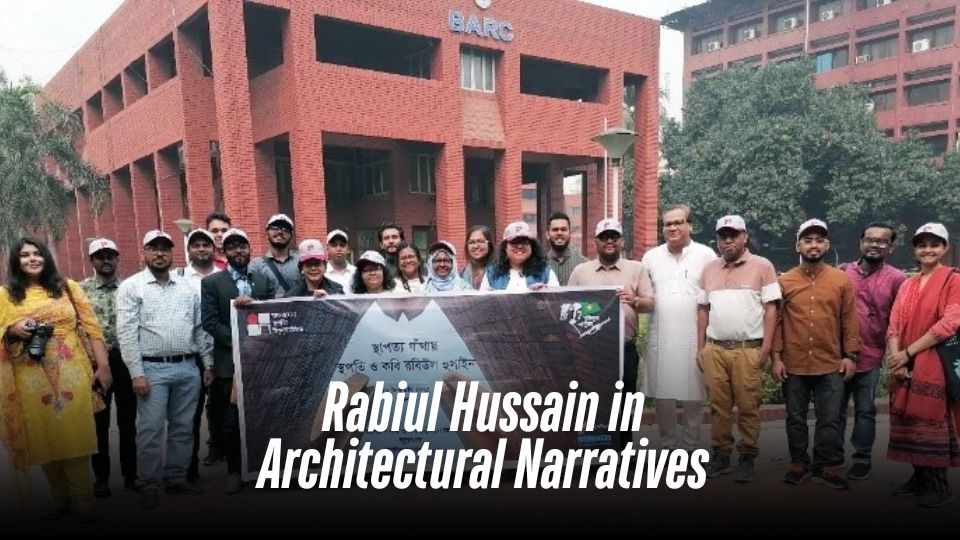
Rabiul Hussain in Architectural Narratives
On February 28, 2025 Bangladesh Institute of Architects (IAB) and the Bangladesh Liberation War Museum organized a day-long program to tribute architect Rabiul Hussain through visiting 3 of his projects- Bangladesh Agricultural Research Council (BARC), Jalladkhana Killing Ground and Jahangirnagar University. and taking a vow to protect the diversified works of the architect. Architect Rabiul Hussain (January 31, 1943 – November 26, 2019) was a prominent Bangladeshi architect, poet, art critic, short story writer, essayist, and cultural activist. A person of multifaceted talent, honored by the Government of Bangladesh with the Ekushey Padak for his contributions to language and literature in 2018, received the Bangla Academy Literary Award for his contributions to poetry in 2009, and the Bangladesh Institute of Architects (IAB) awarded him the Gold Medal for his outstanding contribution to architecture in 2016. He served four times as the President of the Bangladesh Institute of Architects, Vice-Chairman of the Architects Regional Council of Asia (ARCASIA), Vice-President of the Commonwealth Association of Architects, and President of the South Asian Association for Regional Cooperation of Architects. In addition, he was a trustee of the Liberation War Museum, an executive member of the 1971 Ghatok Dalal Nirmul Committee (Committee for Elimination of Martyrs’ Assassination), and made significant contributions to the preservation of the memories of the Independent War of Bangladesh. Although he was born in the village of Ratidanga in Shailkupa Upazila, Jhenaidah District, he completed his secondary and higher secondary education in Kushtia District. Later, in 1968, he earned his Bachelor degree in architecture from the then East Pakistan University of Engineering (now Bangladesh University of Engineering and Technology). After obtaining the graduation, he began his professional career as an architect working with architect Mazharul Islam and later joined Shahidullah Associates. Alongside his architectural practice, he also maintained a strong passion for writing. Throughout his career, he served as a life member of the Bangla Academy, and was involved in various organizations, including the Central Kachi-Kachhar Mela (a children’s and youth organization), the National Poetry Council, the Bangabandhu Sheikh Mujibur Rahman Memorial Museum, the International Film Critic Association of Bangladesh, and the Bangladesh Institute of Architects. Notable buildings designed by him include the Jalladkhana(Execution House), the Bangladesh Agricultural Research Council building, the entrance gate of Dhaka University, the Liberation and Independence Arch, the Jahangirnagar University gate, the Bhashani Hall, the Bangabandhu Hall, the Sheikh Hasina Hall, the Khaleda Zia Hall, the Wazed Mia Science Complex, the auditorium and academic building complex of Chittagong University, and alongside architect Mazharul Islam, the Bangladesh Agricultural Research Institute in Gazipur, Haji Mohammad Danesh Science and Technology University in Dinajpur, and polytechnic institutes in Chittagong and Khulna, among others. Bangladesh Agricultural Research Council (BARC) The Bangladesh Agricultural Research Council (BARC) was established in 1973 with the aim of conducting agricultural research and coordinating various related institutions in Bangladesh. Almost a decade after its founding, in 1982, architect Rabiul Hussain designed its current building. The design process, which began in 1978, spanned nearly four years. In a remarkable way, he crafted a unique architectural design using red brick masonry that harmonized with Bangladesh’s climate, nature, and way of life. This building is a symbol of post-independence architecture, reflecting a search for an architectural style; that is free from the burden of colonization in a newly liberated land. Each detail of the building echoes the same vision. The regional architectural influence of Maestro Mazharul Islam, the pioneer of Bangladesh’s regional architecture, is evident in the design, which he was fortunate to experience starting from his third year of architectural education. The building, located on a site shaped like the letter ‘L’ in the English alphabet, is easily noticeable among surrounding roads and structures. It stands at the junction of Airport Road and Khamar Bari Road, near Farmgate and Bijoy Sarani. The design symbolizes various aspects of aesthetic gravity, marking an early effort in the evolution of post-independence Bangladeshi architecture and the search for a Bengali “identity” in the country’s-built environment. The location of the building, near the capital’s main international airport at Tejgaon, limited the building’s height to four floors. The rectangular building, measuring 223 feet in length and 63 feet in width, has a total built-up area of 32,700 square feet. It is aligned along the east-west axis and is equipped with optimal provisions for cross-ventilation and prevailing south winds. The three-story building is vertically divided into three functional zones. The first floor is allocated for administrative offices; the second floor houses the executive branch. The third floor features a 7,500-square-foot conference room with seating for 280 people at its center, along with a 1,350-square-foot library and a meeting room. The first and second floors are organized along a double-loaded corridor, with two staircases at the eastern and western ends of the building. In harmony with local traditions, the roof was projected to protect the building from torrential rain and scorching sun. The BARC building essentially consists of two parts: one is the brick-clad inner shell that spans the main area, while the additional levels moderate the harsh tropical sun and protect the building during the monsoon season. Architect Mazharul Islam’s office- Vastukalabid was a key influence in experimenting with such a critical combination of climate consideration and modernist aesthetics along with that of brick mason for architect Rabiul Hussain and many young architects in the early 1970s. To give an example, his designs, including the National Institute of Public Administration (1964), encouraged a generation of architects to explore “critical regionalism” through a lens that considered climatic aspects in the visual language of architecture. Since stone is rare and fired bricks can be produced in abundance from local clay, architects saw bricks as an unprecedented symbolic representation of the delta and its culture. Representing the soil of the riverine country, bricks were the purest or most organic building material believed by the Bangladeshi architects. The “poetry” of bricks is hard to miss in the concept and construction of the BARC headquarters building. Also, the influence of
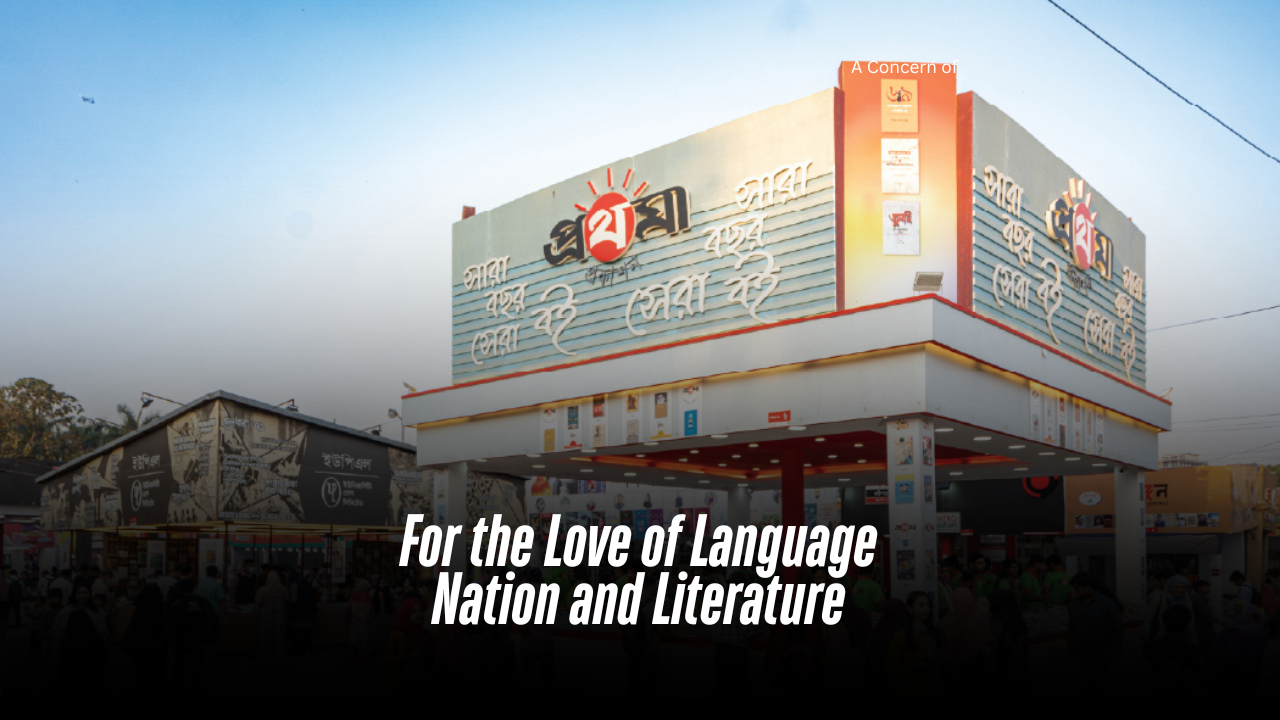
For the Love ofLanguage Nation and Literature
With a new sun, new authorities emerge, revitalising familiar spaces. The 40th Ekushey Book Fair 2025, themed “July Mass Uprising: Building a New Bangladesh (New Bangladesh Deconstruction),” featured over 700 publishing houses at the premises of Bangla Academy and Suhrawardy Udyan. The month-long fair was inaugurated by Dr. Muhammad Yunus, the Chief Adviser of the interim government on 01 February. The Amar Ekushey Book Fair, a fundamental element of Bangladesh’s literary heritage, returned this year with a striking and visually captivating transformation. Uniquely crafted stalls add an architectural charm that sets this year’s fair apart from the previous editions. Visitors are greeted with the richness of literature and an impressive array of architecturally designed stalls, each presenting a unique identity. The influence of the new government is evident in the fair’s structured setup, where each stall showcases unique aesthetics through bold shapes, intricate exteriors, and thematic designs. When visiting this year’s Ekushey Book Fair, the crowd was astounding. People of all ages turned the fair into a true celebration. The entrance was bustling with various food vans, and women and children were all dressed up. The Book Fair has never been this festive and crowded in recent years, even on working days. Whether for recreation or out of love for books, the fair should continue in this spirit for eternity, celebrating Bangla language and literature. Readers and visitors took a moment to admire the aesthetics embraced by publishers who dedicated extra time and thought to beautifully decorate their pavilions. One of the highlights of this year’s book fair is the pavilion by Iti Prokashon, titled ‘Ziar Bari’ (Zia’s House), named after Ziaur Rahman, a prominent army chief, freedom fighter and politician who served as the sixth President of Bangladesh from 1977 to 1981. A key figure in the country’s War of Independence, Zia’s name has often been sidelined in public discourse and textbooks due to the agendas of the previous autocratic regime. In contrast, Onnodhara Prokashon transformed its pavilion into a representation of the Bangladesh Parliament House. The sight of these two distinct symbols coexisting on the same ground truly captivated visitors. Afsar Brothers gave their pavilion a harmonious blend of heritage and functionality, making it an inviting space for book lovers while paying homage to Bengal’s rich architectural traditions. The structure follows a half-timbered design with exposed wooden beams and white infill panels, resembling classic Bengali rural or zamindari house styles. Other notable mentions include Bishwa Shahitto Kendro, which transformed its pavilion into a two-story BRTC bus structure, paying homage to its Moving Library. Bhashachitro Publications adopted a minimal, monochrome palette, giving the pavilion a simple yet elegant look. Bengal Books chose a wooden pavilion, creating a soothing atmosphere for buyers with its well-decorated books and thoughtful lighting. The Puthiniloy stall featured a book-structured roof, while Gronthik designed its stall to resemble a mud house with bamboo. Shaishab Prakash’s stall is shaped like a whimsical castle, inviting readers into a world of children’s literature. These creative designs add a unique visual and conceptual dimension to the fair, making it not just a place for purchasing books but also for cultural and artistic appreciation. The best pavilion design goes to Batighar, designed by artist Shahinur Rahman. The triangular front featured a stained-glass-like panel with motifs from Nakshi Kantha and Patachitra, reflecting Bengali folk art. Inside, a red dome element, inspired by a Chhoto Sona Mosque, highlighted local heritage. The steeply pitched roof with exposed red clay tiles resembled traditional Bangladeshi huts. For its artistic excellence, Batighar won the Kayum Chowdhury Memorial Award for best pavilion in this year. Sadly, the kids’ section lacked vibrancy, with limited space for children to explore and freely roam around. However, a few stalls, including Shoishob Prokash, Mayurpankhi, and EKRI MIKRI, did a decent job of capturing the attention of young visitors. Shoishob Prokash transformed its stall into a castle-like structure, Mayurpankhi adhered to its palette with subtle adjustments, and EKRI MIKRI added a creative touch by placing a horse for children to play on, making the stall an engaging and fun experience for the little ones. This year, the fair included 66 more stalls than the previous year. 99 publishers were located at the Bangla Academy premises and 609 at the Suhrawardy Udyan area. There were 37 pavilions in total, with one at the Bangla Academy premises and 36 at Suhrawardy Udyan. The Little Magazine Corner had been set up in Suhrawardy Udyan, with 130 stalls. In the children’s corner, 74 institutions had been allocated. The fair also featured daily seminars and cultural programmes in the evening, and a special “Children’s Hour” held every Friday and Saturday from 11am to 1pm. As part of the Amar Ekushey celebrations, various children’s competitions, including art, recitation, and music, were organised. The fair had four entrance points: TSC, Doyel Chattar, MRT station, and Engineering Institute. Director General of Bangla Academy Mohammad Azam and Member Secretary of the Fair Management Committee Sarkar Amin said to Ceramic Bangladesh that the fair was entirely polythene and smoking-free, with security provided by the Police, RAB, Ansar, and various intelligence personnel. All participating institutions sold books on a 25% commission basis. The academy published 43 new books and reprinted 41 books for this fair. A total of 3,300 new titles were published in this Book Fair 2025 and Bangla Academy stall alone sold books worth Tk 61 lakh. Several awards were presented at the fair, including the Chittaranjan Saha Memorial Award for the best publisher, the Munir Chowdhury Memorial Award for artistic excellence, and the Rokanuzzaman Khan Dadabhai Memorial Award for children’s literature. These awards recognise the contributions of publishers and authors to the literary and cultural landscape of Bangladesh. Written By Fariha Hossain
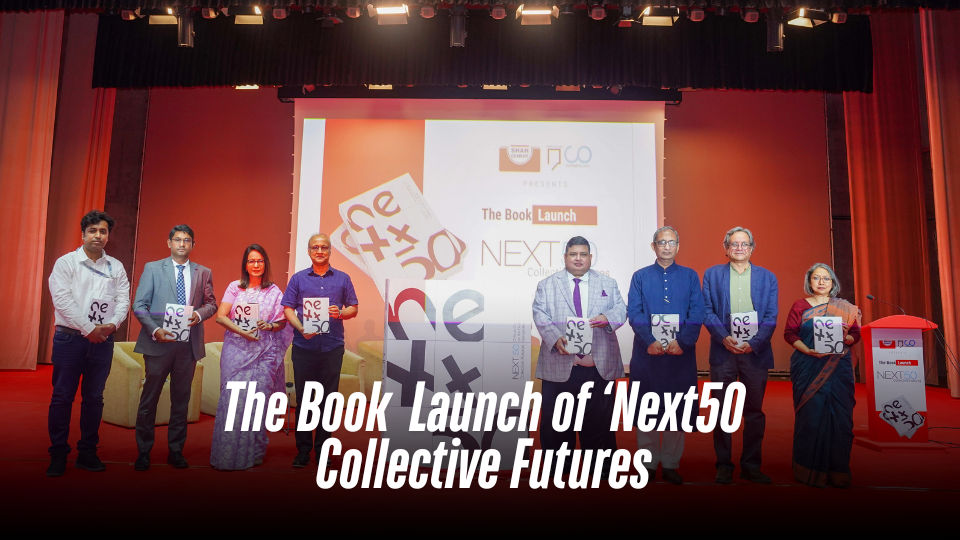
The Book Launch of ‘Next50: Collective Futures
A significant milestone in shaping Bangladesh’s future was marked today with the official launch of Next50: Collective Futures at BRAC University’s Multipurpose Hall. This landmark publication—the largest edited volume on Bangladesh’s built environment—brings together 81 authors, including many from the Bangladeshi diaspora, to explore the nation’s next five decades of progress, innovation, and connectivity. Spanning 49 chapters across nine major themes, the book examines urban and rural transformation, infrastructure, climate resilience, housing, governance, and technological innovation. Written in accessible language for policymakers, practitioners, and the general public, it bridges cutting-edge research with real-world impact, making complex ideas actionable for those shaping the nation’s future. The event was attended by some of Bangladesh’s most prominent architects, planners, and urbanists from both academia and professional practice. Distinguished guests included Dr. Syed Ferhat Anwar, Vice-Chancellor of BRAC University, and Mohammad Azaz, Administrator of Dhaka North City Corporation, who underscored the urgency of visionary thinking in driving sustainable and inclusive development. The program featured a compelling book introduction by Professor Fuad H. Mallick, Editor-in-Chief of Next50 and Dean of the School of Architecture and Design at BRAC University, followed by an insightful review from Dr. Mohammed Zakiul Islam, Professor at BUET, who highlighted the book’s interdisciplinary approach and its relevance to Bangladesh’s rapidly evolving urban landscape. Adding to the discussions, key stakeholders, including representatives from Shah Cement, reflected on the private sector’s role in shaping the built environment. The event concluded with remarks from the book’s executive editors, Dr. Tanzil Shafique and Dr. Saimum Kabir, who emphasized the collaborative effort behind the publication and its potential to influence future policies and practices. Shah Cement also expressed interest in future collaborations. Beyond the discussions, the launch served as a key networking platform for scholars, policymakers, and industry leaders, fostering dialogue and collaboration on the country’s long-term development. Attendees engaged in meaningful conversations over Iftar and dinner, reinforcing the event’s role in strengthening professional and intellectual ties. Organized by Open Studio and Context BD, with support from Shah Cement, the event also reached a wider audience through a live stream, ensuring broader engagement with the book’s mission.
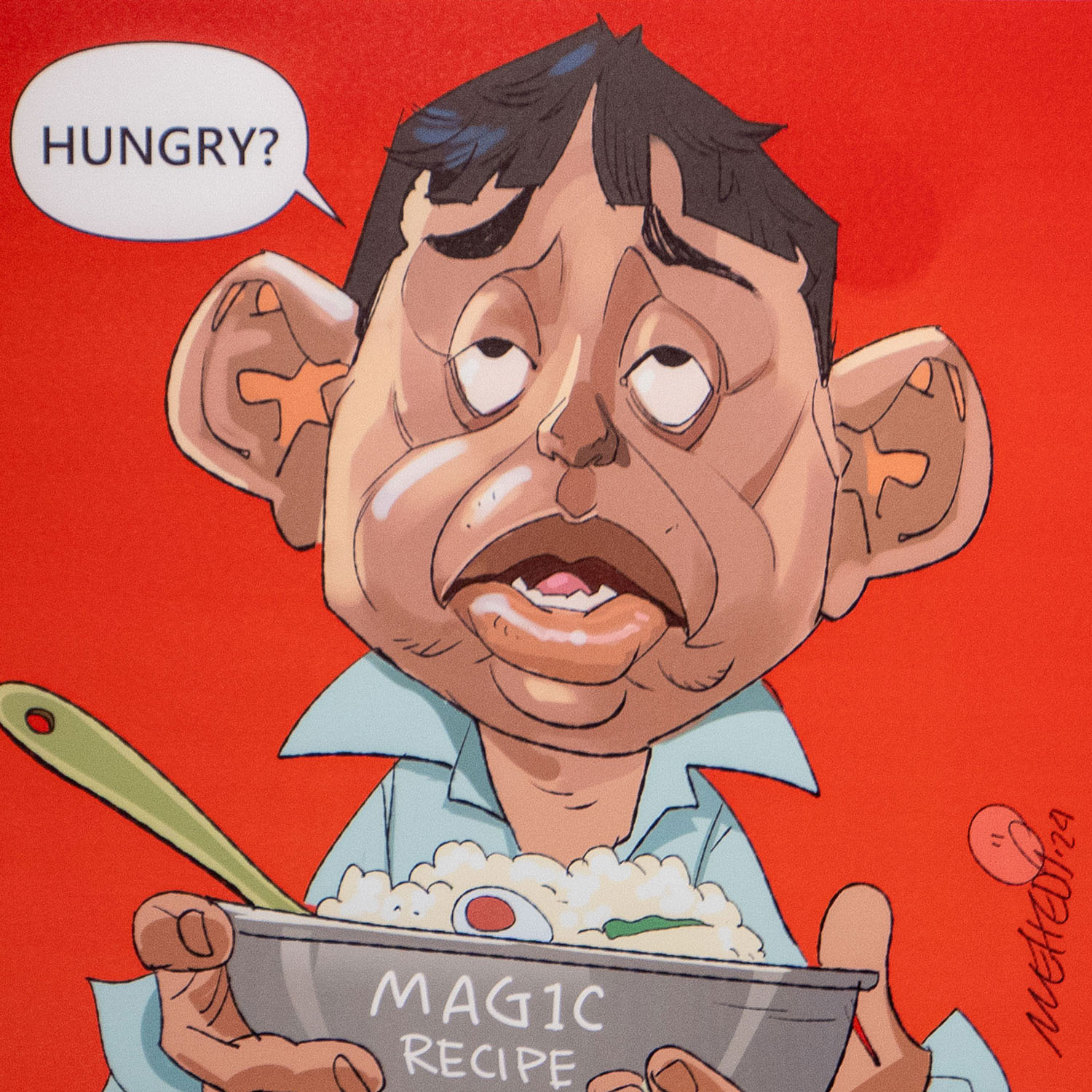
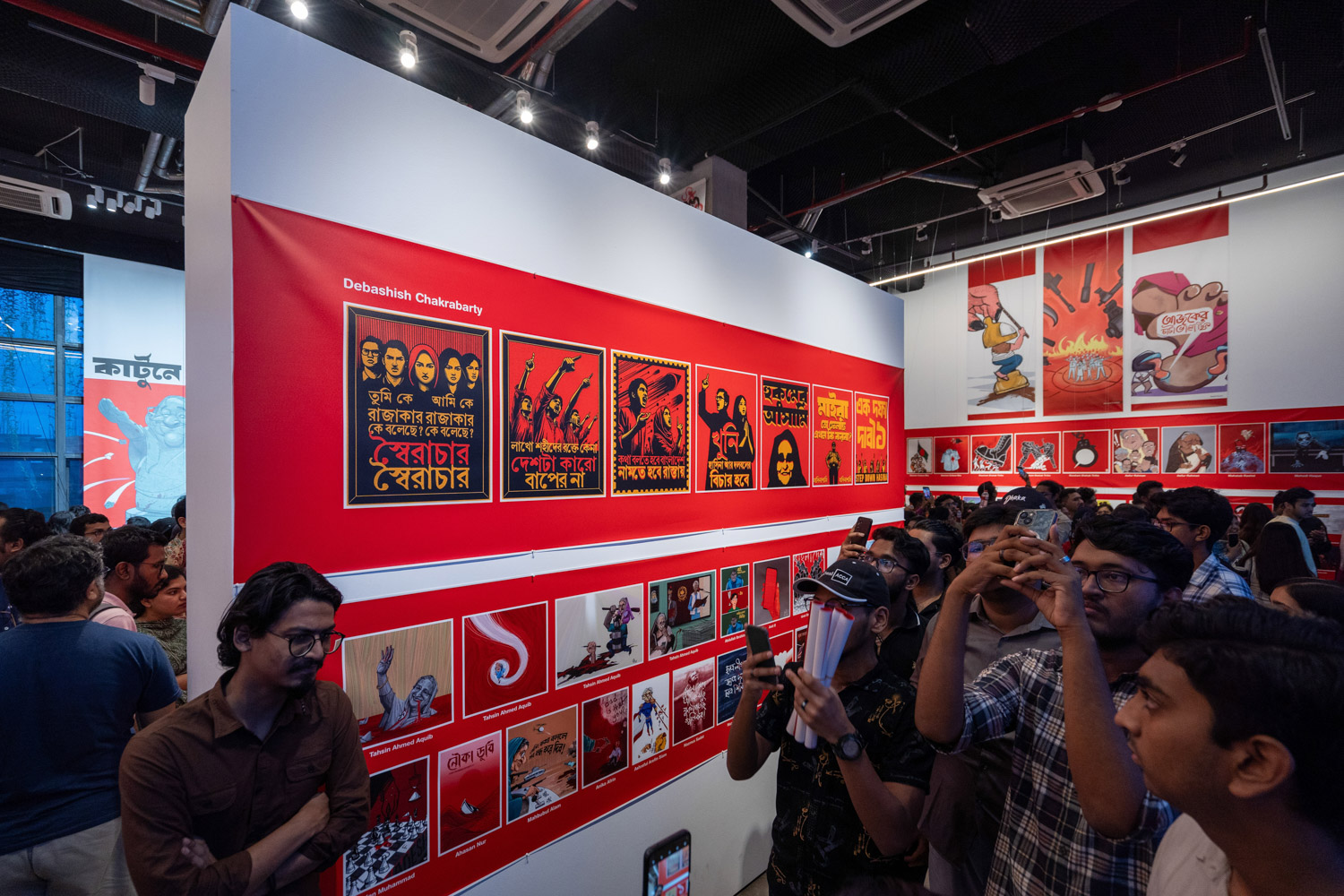




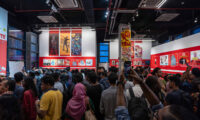
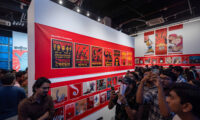

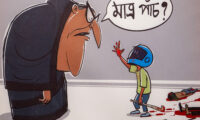
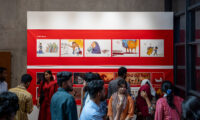
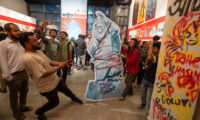
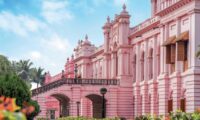




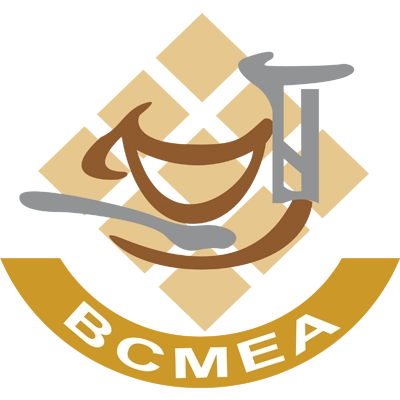

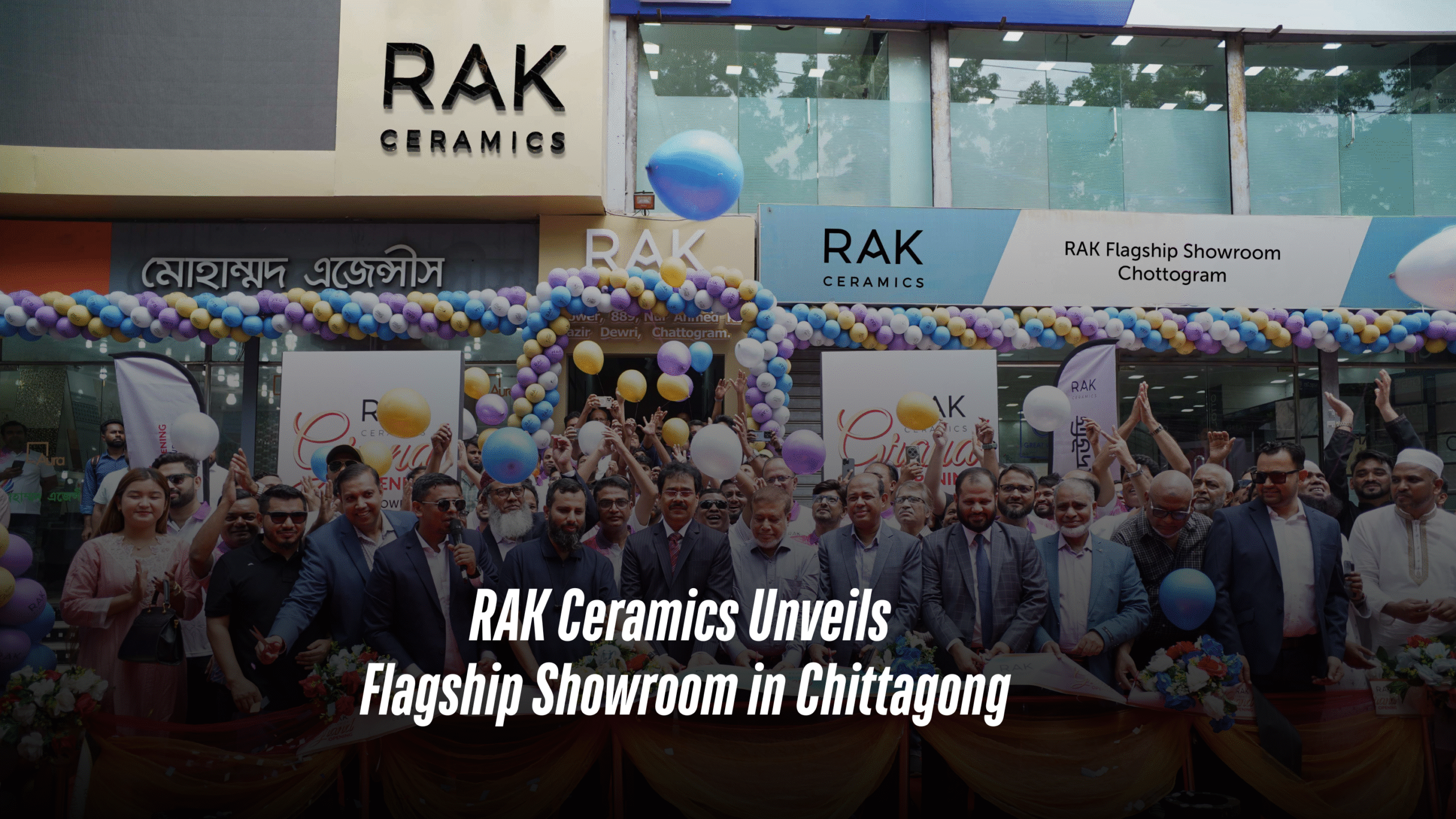
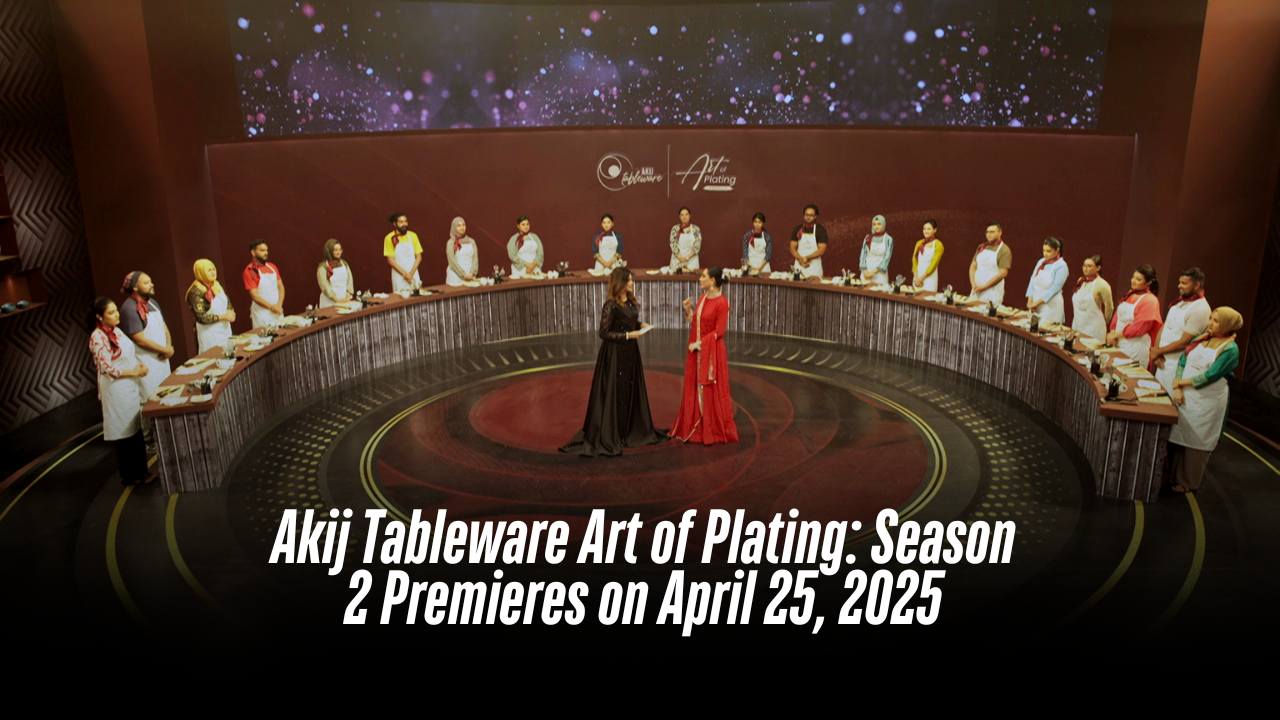
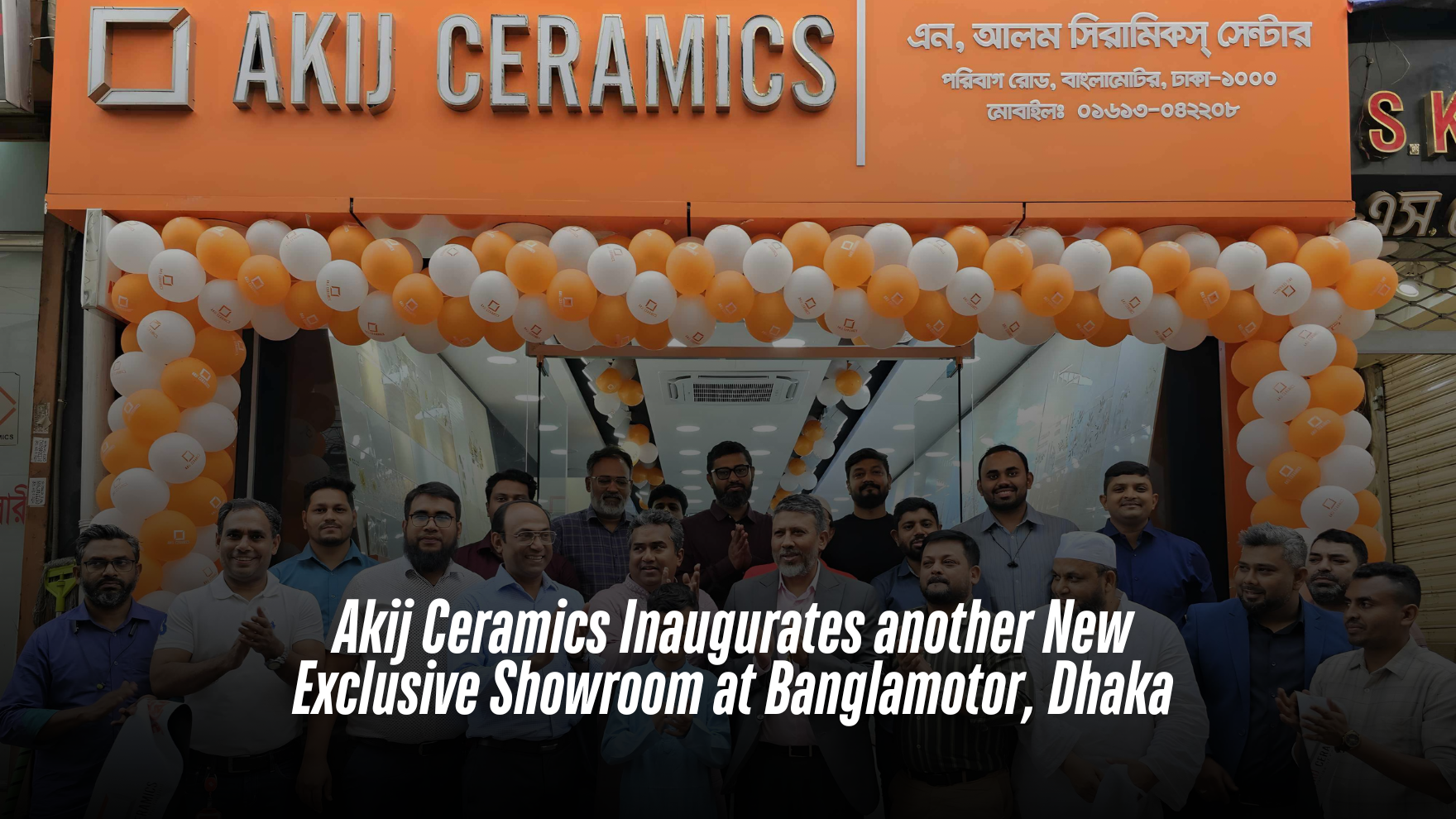




 Total views : 20460
Total views : 20460


